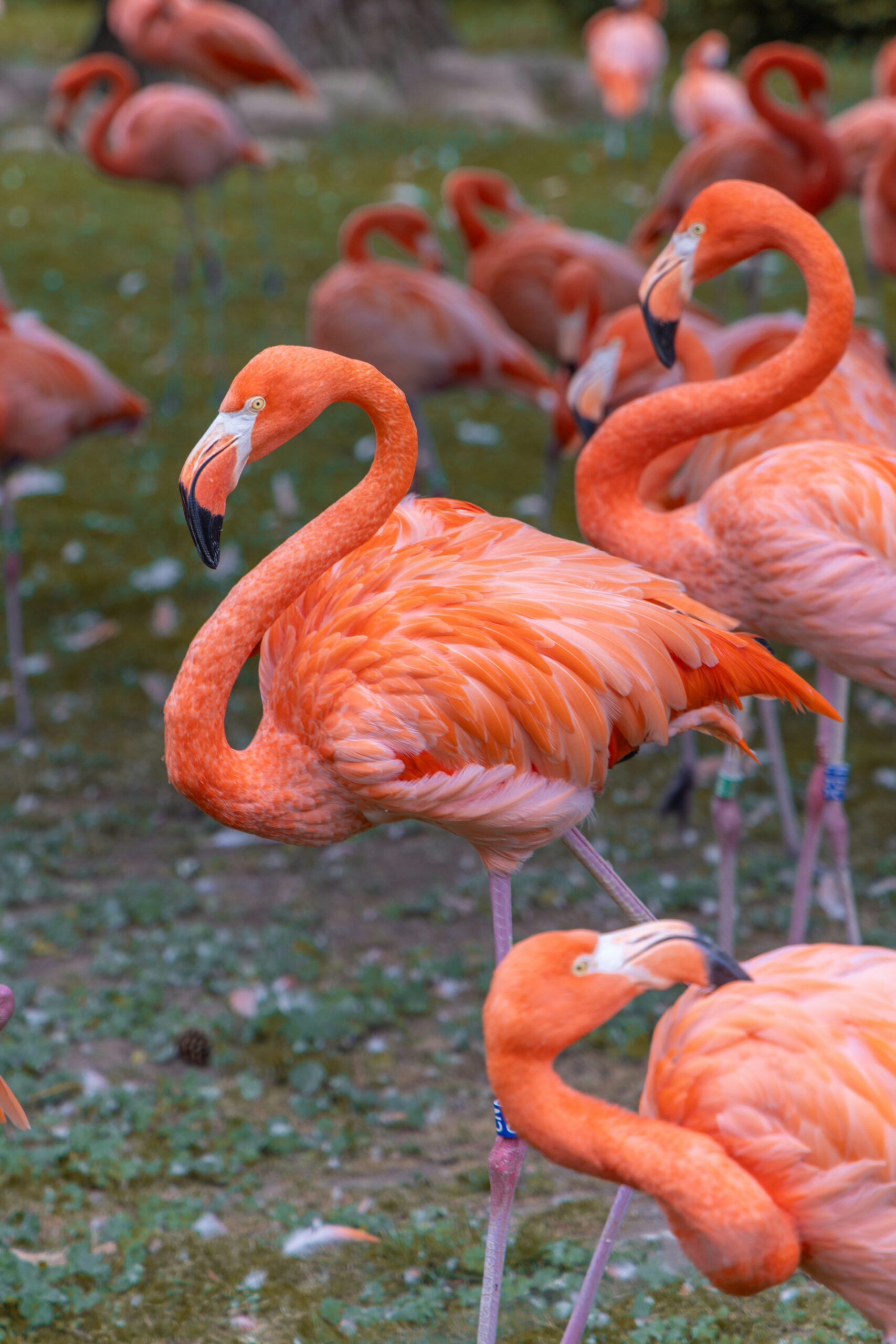The Importance of Wild Habitat Conservation and Efforts to Preserve Biodiversity
Introduction
Wild habitat conservation is a crucial aspect of environmental preservation. It involves efforts to maintain the diversity of flora and fauna in protected forests. These conservation initiatives aim to protect and restore natural habitats, ensuring the survival of various species and maintaining ecological balance. In this blog post, we will explore the importance of wild habitat conservation and the various efforts undertaken to preserve the diversity of plants and animals in protected forests.
The Significance of Wild Habitat Conservation
Wild habitats are home to a wide range of plant and animal species, each playing a vital role in the ecosystem. Conservation of these habitats is essential for several reasons:
- Biodiversity preservation: Protected forests serve as havens for numerous species, including endangered ones. By conserving these habitats, we can ensure the survival of diverse plant and animal life.
- Ecosystem stability: Wild habitats contribute to the stability of ecosystems by maintaining a balance between different species. Each organism has its own role to play, and any disruption to this balance can have far-reaching consequences.
- Climate regulation: Forests play a crucial role in regulating the climate by absorbing carbon dioxide and releasing oxygen. Conserving wild habitats helps combat climate change and its associated impacts.
- Ecotourism and cultural value: Preserving natural habitats not only benefits the environment but also provides opportunities for ecotourism. Many people visit protected forests to experience the beauty of nature and learn about indigenous cultures.
Efforts in Wild Habitat Conservation
Conservation efforts for wild habitats involve a combination of strategies and initiatives aimed at preserving and restoring these areas. Here are some of the key efforts in wild habitat conservation:
1. Protected Areas
Establishing protected areas is one of the primary methods of conserving wild habitats. These areas are designated and managed to safeguard the biodiversity and ecological integrity of a particular region. National parks, wildlife sanctuaries, and nature reserves are examples of protected areas that restrict human activities and provide a safe haven for plants and animals.
2. Habitat Restoration
Habitat restoration focuses on restoring degraded or destroyed habitats to their original state. This involves activities such as reforestation, wetland restoration, and removal of invasive species. By restoring habitats, we can provide suitable conditions for the survival and growth of diverse plant and animal species.
3. Wildlife Conservation Programs
Wildlife conservation programs aim to protect and manage specific species that are at risk of extinction. These programs involve measures such as captive breeding, habitat protection, and public awareness campaigns. By focusing on individual species, we can address their unique conservation needs and contribute to overall habitat preservation.
4. Community Engagement
Engaging local communities in conservation efforts is crucial for the long-term success of wild habitat conservation. By involving communities in decision-making processes and providing them with alternative livelihood options, we can reduce the pressure on natural resources and promote sustainable practices. Additionally, community-based conservation initiatives help raise awareness about the importance of preserving wild habitats.
5. Research and Monitoring
Research and monitoring play a vital role in understanding the dynamics of wild habitats and assessing the effectiveness of conservation efforts. By studying ecosystems, species behavior, and ecological processes, researchers can identify threats and develop appropriate conservation strategies. Monitoring programs help track changes in biodiversity and habitat quality over time.
Conclusion
Wild habitat conservation is essential for maintaining the diversity of flora and fauna in protected forests. By preserving these habitats, we can ensure the survival of various species, maintain ecological balance, and contribute to climate regulation. Through protected areas, habitat restoration, wildlife conservation programs, community engagement, and research and monitoring, we can make significant strides in preserving our natural heritage. It is our collective responsibility to protect and conserve these precious habitats for future generations.
